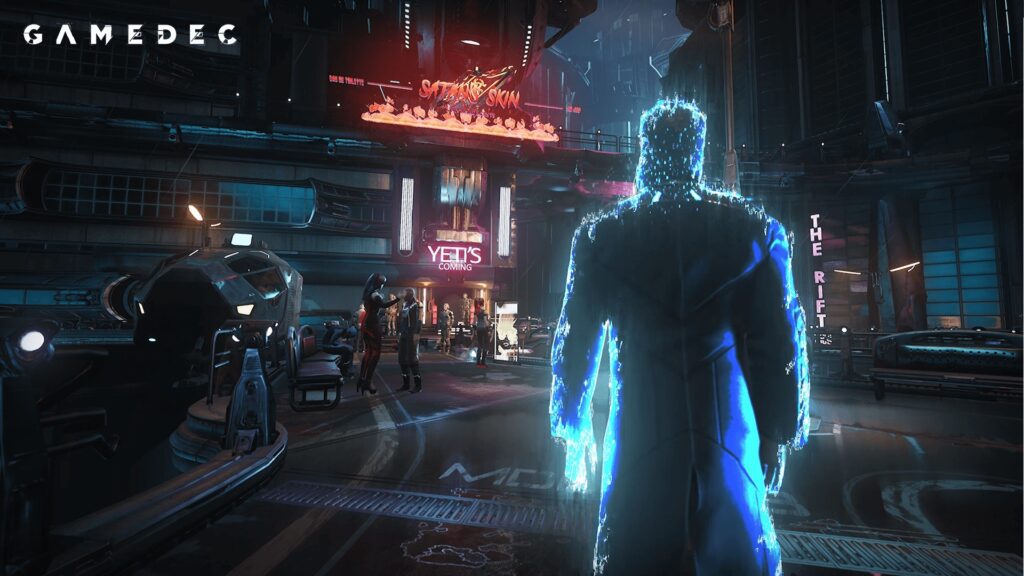Creating a successful game requires a rich and immersive world. Unreal Engine is a popular game engine used by game developers to build interactive worlds. In order to create a great world, game developers brainstorm game ideas that will lay the foundation for development. Understanding game genre, target audience, visual themes, and atmosphere is vital for game developers. The ideation stage then moves to prototyping, level and environment design, and eventually programming game mechanics; integrating sound and music, creating cinematics, and optimizing the game. By following the outlined process, game developers can create games that leave a lasting impression on players.
Building Worlds with Unreal Engine: From Ideation to Execution
Introduction
Developing a successful game requires a lot of factors to come together, one of which is creating a rich and immersive world. Unreal Engine, created by Epic Games, is a leading game engine used by game developers to create impressive and interactive worlds. In this article, we will explore the process of building worlds with Unreal Engine, from ideation to execution.
Ideation
The ideation stage is the beginning part of the game development process. It is where the team brainstorm ideas for the game, including the world that the game will be set in. Some factors that need to be considered in this stage include the game genre, target audience, visual themes, and overall atmosphere. This stage will lay the foundation for the development process, so it is crucial to identify all essential elements.
Game Genre
Every game has its unique gameplay mechanics and storylines. Hence, the game engine’s features should be conducive to the game genre, whether it is first-person shooter, role-playing, platform, or racing games. Unreal Engine, with its versatile and powerful features, can be used to create games in different genres.
Target Audience
Understanding the target audience is also a vital part of the ideation stage, as it helps the developers decide which features to add or remove from the game. For example, if the game is targeted at children, then the world should be designed to be friendly and colorful, with simpler gameplay mechanics.
Visual Themes
Visual themes refer to the game’s aesthetics and overall look and feel. Some common visual themes found in games include medieval, cyberpunk, futuristic, and pirate-themed worlds. The visuals help to immerse players in the world and are significant in creating a memorable gaming experience.
Atmosphere
Atmosphere refers to the overall mood or feeling of the game world. It could be anything from peaceful and relaxing to action-packed and intense. The game’s atmosphere often determines the music, sound effects, and lighting used in the game.
Prototyping and Design
Once the ideation stage is complete, the team moves on to prototyping the game world. This is where the initial designs, concepts, and ideas come to life. Unreal Engine provides various tools to create 3D models and animations, textures, and lighting. The team can start with basic shapes and gradually refine and add details.
Level Design
Level design involves creating the different game levels, including the landscape, terrain, buildings, and obstacles that players will encounter. Unreal Engine provides various level-design tools, including BSP brushes and terrain sculpting, to help with the process. It is essential to create a balanced level that is not too easy or too difficult for players to navigate.
Environment Design
The environment design stage involves adding details to make the game world feel more alive. This includes adding trees, plants, rocks, and other objects that add variety and realism to the world. Unreal Engine has several tools for environment design, including foliage, sky and weather systems, and particle effects.
Character and Object Design
Characters and objects in the game world also need to be designed and created. This involves creating 3D models and animations and adding textures and lighting. The team needs to focus on making the characters and objects look realistic and detailed, while also ensuring they fit in with the rest of the game world.
Execution
The execution stage is where the game developers begin to bring all the pieces together to create the final game world. It involves programming game mechanics, integrating sound and music, creating cinematics, and optimizing the game for different platforms.
Programming Game Mechanics
Programming game mechanics is an important part of creating the game world. This includes creating player movement, enemy AI, physics, and other elements that add depth and complexity to the game. Unreal Engine has an extensive set of programming tools that make it easy for developers to create game mechanics.
Sound and Music
Sound and music play an important role in creating an immersive gaming experience. The team needs to carefully select sound effects and music that match the atmosphere and theme of the game. Unreal Engine has built-in audio tools to aid in creating sound effects and integrating music.
Cinematics
Cinematics are cutscenes in the game that help to advance the story and add context to gameplay. Unreal Engine has tools like the sequencer that allow developers to create high-quality cinematics that fit seamlessly into the game world.
Optimization
Optimization is the process of ensuring the game runs smoothly on different platforms, including computers and consoles. Unreal Engine has built-in optimization tools that help developers identify and fix performance issues.
Conclusion
In conclusion, creating a game world in Unreal Engine requires a meticulous process, from ideation to execution. With its powerful features and versatile tools, developers can bring their ideas to life and create visually stunning and immersive worlds. By following the process outlined above, game developers can create games that leave a lasting impression on players.
